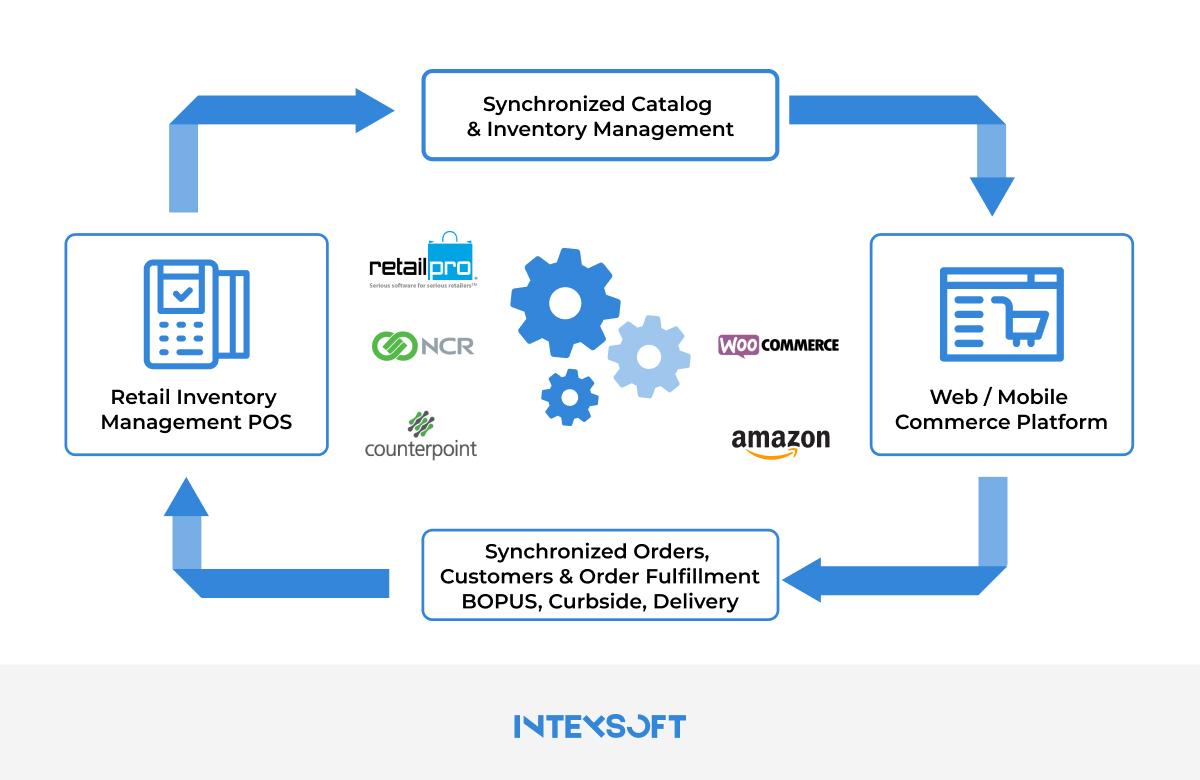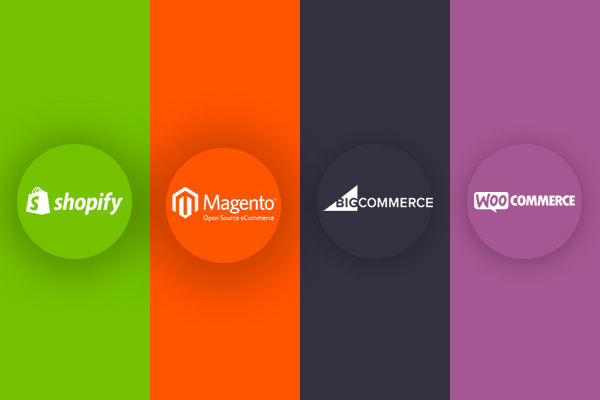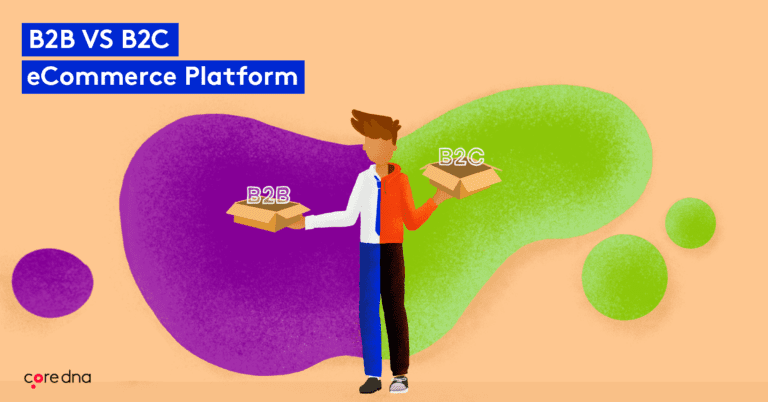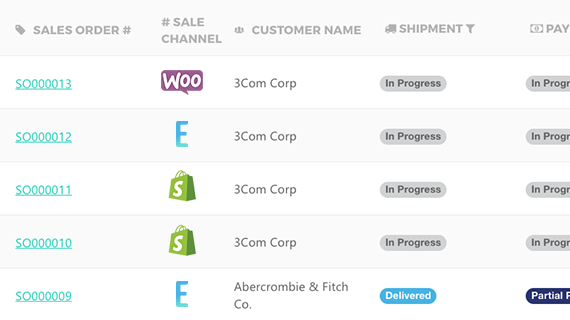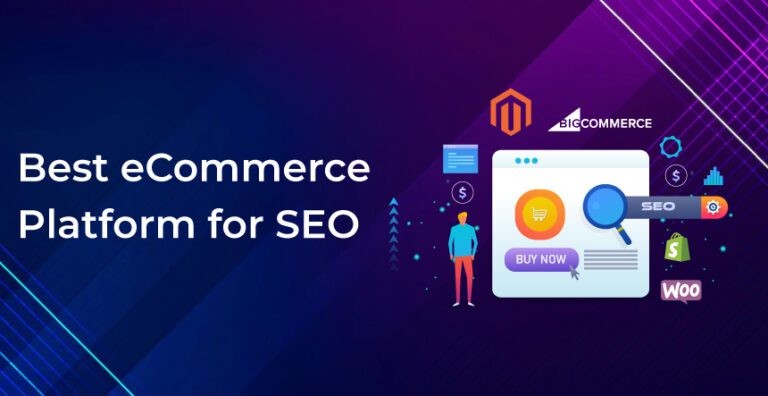Ecommerce Integration Platforms: Streamline Your Online Business
Ecommerce integration platforms connect online stores with various systems, streamlining operations. They improve efficiency by automating tasks like inventory management and order processing.
Ecommerce integration platforms are essential for modern online businesses. They bridge the gap between ecommerce websites and other systems such as ERP, CRM, and shipping solutions. This integration allows for seamless data flow, reducing manual work and minimizing errors. Businesses can better manage their inventory, track orders, and provide a smoother customer experience.
By connecting different systems, ecommerce integration platforms save time and resources, helping businesses scale effectively. They also support various payment gateways and marketing tools, making it easier to manage all aspects of an online store from one central platform.
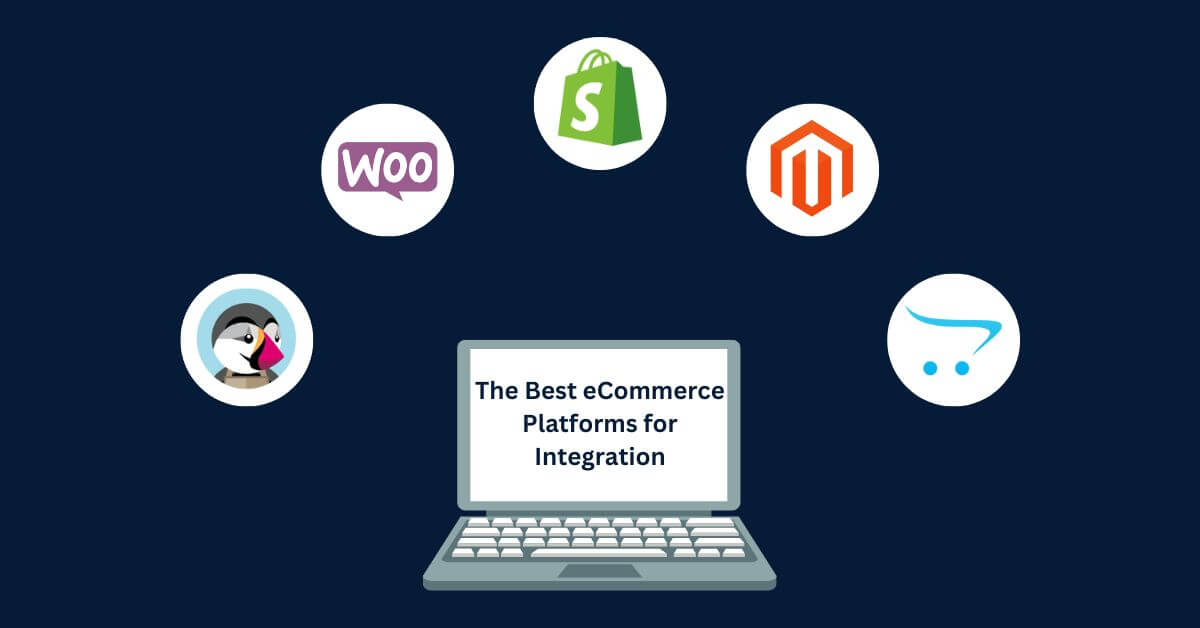
Credit: api2cart.com
Introduction To Ecommerce Integration
Ecommerce integration platforms help connect different systems. They enable seamless operations in online businesses. This integration is crucial for efficiency and growth.
What Is Ecommerce Integration?
Ecommerce integration involves linking various software and systems. These could include shopping carts, payment gateways, and inventory management. Integration ensures all systems work together smoothly.
For example, when a customer makes a purchase, the inventory system updates automatically. This prevents overselling and keeps data accurate.
Importance Of Integration
Integration is vital for online stores. It helps in reducing manual work and errors. It also saves time and money.
Here are key benefits of Ecommerce integration:
- Improved Efficiency: Automates tasks and processes.
- Accurate Data: Synchronizes information across all platforms.
- Better Customer Experience: Ensures smooth transactions and updates.
| Feature | Benefit |
|---|---|
| Real-Time Updates | Keeps data current and accurate. |
| Automated Processes | Saves time and reduces errors. |
| Centralized Management | Makes overseeing operations easier. |
Using an Ecommerce integration platform helps businesses grow. It streamlines operations and enhances customer satisfaction.

Credit: www.mecalux.com
Key Features
The success of any eCommerce business often hinges on the platforms they use. Key features in an eCommerce integration platform can make or break your online store. Understanding these features ensures smooth operations, improves user experience, and drives growth.
Automation
Automation streamlines repetitive tasks, saving time and reducing errors. This feature allows you to automate inventory updates, order processing, and customer notifications. By automating these tasks, businesses can focus on strategy and growth.
- Automated inventory management
- Order processing automation
- Customer notifications
Data Syncing
Data syncing ensures that all your platforms share the same information. This feature keeps your product listings, prices, and stock levels consistent across channels. It eliminates manual updates and reduces the risk of errors.
| Feature | Benefit |
|---|---|
| Product Listings | Consistent across platforms |
| Price Updates | Uniform pricing |
| Stock Levels | Real-time availability |
Real-time Updates
Real-time updates keep your data current and accurate. This feature ensures that changes in inventory, orders, and customer information are immediately reflected. Customers see the latest information, which improves satisfaction and trust.
- Instant inventory changes
- Real-time order status
- Up-to-date customer data
These key features make eCommerce integration platforms indispensable for modern businesses. They ensure efficiency, accuracy, and customer satisfaction.
Popular Platforms
Choosing the right eCommerce integration platform can be challenging. Popular platforms like Shopify, Magento, and WooCommerce make the process easier. Each offers unique features to meet different business needs.
Shopify
Shopify is a user-friendly platform. It offers drag-and-drop features. This makes setup quick and easy. No coding skills are needed. Shopify provides a wide range of themes and templates. These help to create a professional-looking store.
- Built-in payment processing
- 24/7 customer support
- App store with many plugins
Shopify is ideal for small to medium-sized businesses. It scales well as the business grows.
Magento
Magento is a powerful platform for larger businesses. It offers advanced customization options. Magento requires some technical knowledge to set up and manage. It provides a high level of flexibility.
- Advanced SEO capabilities
- Large community support
- Highly scalable
Magento is perfect for businesses with complex needs. It supports large product catalogs and high traffic volumes.
Woocommerce
WooCommerce is a free plugin for WordPress. It turns any WordPress site into an eCommerce store. WooCommerce is highly customizable and scalable.
- Wide range of themes and plugins
- Strong community support
- Integrates with many payment gateways
WooCommerce is great for businesses already using WordPress. It offers flexibility and control over the store’s appearance.
Choosing The Right Platform
Selecting the best eCommerce integration platform is crucial for your business success. The right choice enhances your operations, boosts sales, and streamlines processes. Below, we explore key factors to consider.
Business Needs
Understanding your business needs is the first step. Determine the features you require for your online store. Do you need inventory management, customer relationship management (CRM), or payment gateways? Make a list of essential features.
Consider the type of products you sell. Are they digital or physical goods? Different platforms cater to different product types. Also, think about your target audience. Ensure the platform supports the regions you plan to sell in.
Budget Considerations
Your budget plays a vital role in platform selection. eCommerce platforms vary in cost. Some offer free basic plans, while others have premium pricing models.
Create a budget plan. Consider initial setup costs, monthly fees, and additional expenses. Look for hidden costs like transaction fees or add-ons. Compare platforms to find one that fits your budget without sacrificing quality.
Scalability
Scalability is essential for growing businesses. Choose a platform that can grow with you. Your platform should handle increased traffic and sales without performance issues.
Look for platforms that offer flexible plans. Ensure they can support additional features as your business expands. Consider future-proofing your choice by selecting a platform known for continuous updates and improvements.
Implementation Process
Implementing an Ecommerce Integration Platform can seem daunting. But with the right steps, it becomes manageable. This section breaks down the process into clear stages. Follow these steps for a seamless integration.
Initial Setup
The initial setup is the first step. Begin by choosing the right platform. Look for features that match your needs. Then, create an account and set up your profile. Ensure your business details are accurate. This helps in later stages.
Next, connect your online store to the integration platform. This involves entering your store’s URL and API keys. Many platforms provide step-by-step guides. Follow these closely to avoid errors.
| Step | Description |
|---|---|
| Choose Platform | Select the platform that fits your needs. |
| Create Account | Sign up and fill in your business details. |
| Connect Store | Enter your store’s URL and API keys. |
Configuration
After setup, the configuration phase begins. Customize settings to match your workflow. Set rules for product sync, order management, and inventory updates. This ensures smooth operations.
Use the platform’s dashboard to access these settings. Most platforms offer an intuitive interface. Take your time to explore all options. Set up notifications for important events. This keeps you informed.
- Customize product sync rules
- Set order management preferences
- Configure inventory update settings
- Enable notifications for key events
Testing
The final step is testing. Before going live, test the integration thoroughly. Create test orders to check the system. Ensure products sync correctly. Verify that inventory updates accurately. This prevents issues later.
Testing helps identify and fix bugs. Document any issues and solve them promptly. Many platforms offer a sandbox environment. Use it to test without affecting your live store.
- Create test orders
- Check product sync
- Verify inventory updates
- Document and fix issues
By following these steps, you ensure a smooth implementation process. This leads to efficient and effective ecommerce operations.
Benefits Of Integration
Ecommerce Integration Platforms offer numerous benefits to businesses. These platforms streamline operations, increase accuracy, and enhance the customer experience. Let’s explore the key benefits of integration.
Increased Efficiency
Integration platforms automate many tasks. This saves time and reduces manual work. Businesses can process orders quickly and manage inventory better. This leads to faster operations and lower costs.
Automation minimizes errors and boosts productivity. Employees can focus on more important tasks. This helps in achieving business goals faster.
Improved Accuracy
Integration platforms ensure data consistency across systems. This reduces errors and improves data accuracy. Correct data helps in making better business decisions.
Accurate data is essential for inventory management. It helps in preventing stockouts and overselling. This leads to better customer satisfaction.
Better Customer Experience
Integrated systems provide a seamless shopping experience. Customers can track orders easily. They receive timely updates and accurate information.
Integration allows for personalized marketing. Businesses can offer tailored promotions and recommendations. This enhances customer loyalty and increases sales.
| Benefits | Description |
|---|---|
| Increased Efficiency | Automates tasks, saves time, and boosts productivity. |
| Improved Accuracy | Ensures data consistency and reduces errors. |
| Better Customer Experience | Provides seamless shopping and personalized marketing. |
Common Challenges
Integrating eCommerce platforms can bring many benefits. But it also comes with several challenges. Below are some common issues businesses face when integrating eCommerce platforms.
Technical Issues
Technical issues are common in eCommerce integrations. Different platforms may use different technologies. This can cause compatibility problems. Also, poor coding practices can lead to bugs.
API limitations can also pose challenges. Sometimes, the API does not support all needed features. This can limit functionality.
System Downtime is another issue. Integrations can cause system outages. This affects the customer experience and sales.
Cost Overruns
Cost overruns are a big concern. Initial estimates can be misleading. Hidden costs often arise during the project.
Maintenance costs can add up. Keeping the system running smoothly requires ongoing effort. This can be expensive.
Licensing fees for third-party tools can also increase costs. Businesses need to budget for these expenses.
Data Security
Data security is a major concern. Sensitive customer data must be protected. Poor security measures can lead to breaches.
Compliance with regulations is also crucial. Businesses must follow laws like GDPR. Non-compliance can result in heavy fines.
Data loss is another risk. Integrations can sometimes cause data to be lost. This can be damaging to the business.
| Challenge | Details |
|---|---|
| Technical Issues | Compatibility problems, API limitations, System Downtime |
| Cost Overruns | Initial estimates, Maintenance costs, Licensing fees |
| Data Security | Sensitive customer data, Compliance, Data loss |
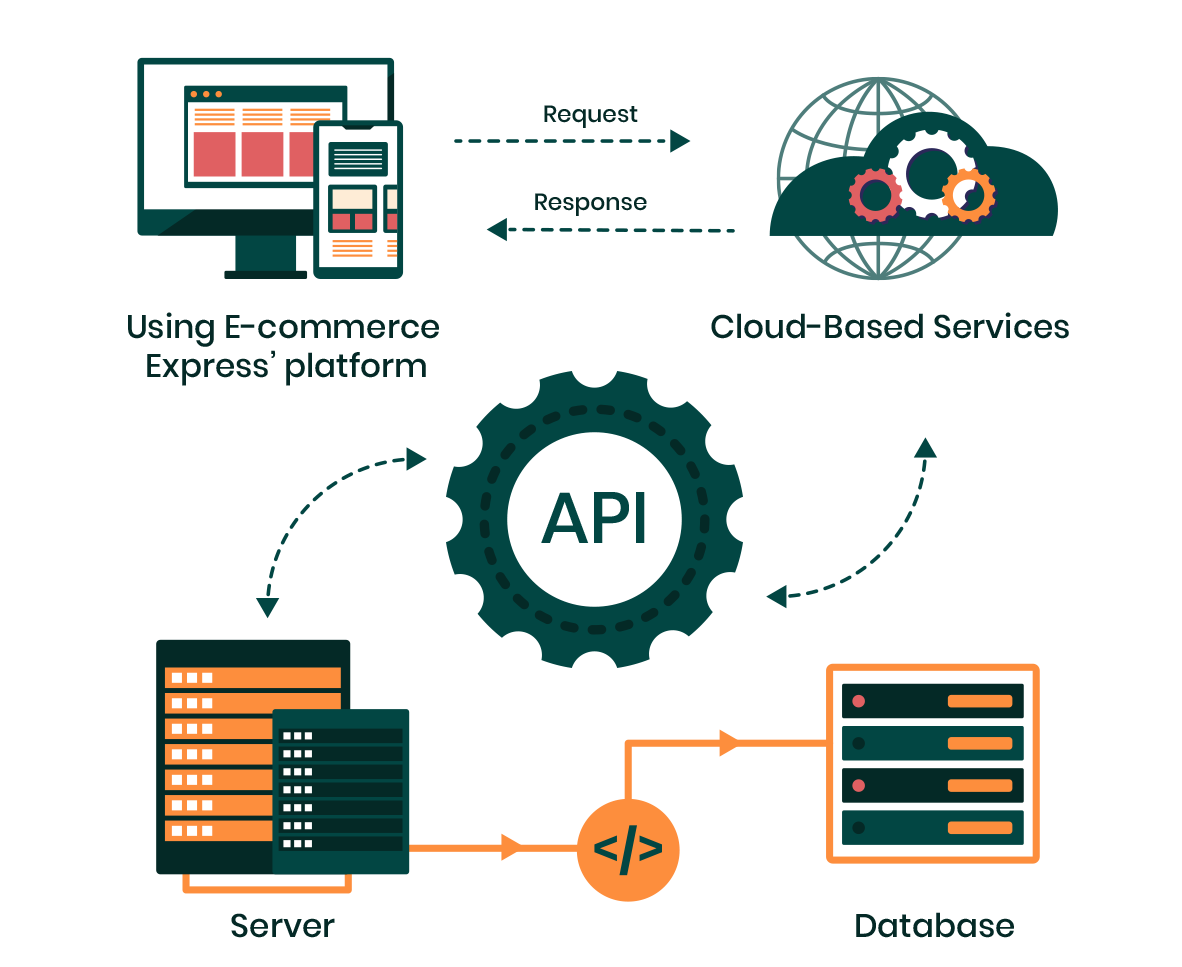
Credit: www.ecommerce-express.com
Future Trends
The world of ecommerce is constantly evolving. As technology advances, ecommerce integration platforms must adapt. The future trends in this space are exciting. Let’s explore some of the key trends shaping the future of ecommerce integration platforms.
Ai And Machine Learning
AI and Machine Learning are transforming ecommerce. These technologies help automate tasks. They also offer personalized shopping experiences. AI can analyze customer data. It predicts buying behavior and recommends products.
Machine Learning helps in inventory management. It forecasts demand and reduces stockouts. These tools enhance customer satisfaction. They also improve operational efficiency.
Blockchain
Blockchain technology is gaining traction in ecommerce. It ensures secure transactions. Blockchain offers transparency in supply chains. This builds trust among customers.
Smart contracts automate agreements. They reduce the need for intermediaries. This lowers costs and speeds up processes. Blockchain also helps in preventing fraud. It secures data and ensures authenticity.
Omnichannel Integration
Omnichannel Integration is crucial for modern ecommerce. Customers use multiple channels to shop. They expect a seamless experience across all channels. Omnichannel integration ensures consistent branding and messaging.
It also helps in managing inventory across channels. This prevents overstocking and stockouts. Businesses can track customer journeys. They gain insights into customer preferences. This helps in creating targeted marketing campaigns.
| Trend | Benefits |
|---|---|
| AI and Machine Learning | Personalization, Efficiency, Demand Forecasting |
| Blockchain | Security, Transparency, Fraud Prevention |
| Omnichannel Integration | Consistency, Inventory Management, Customer Insights |
The future of ecommerce integration platforms is bright. With these trends, businesses can stay competitive. They can offer better experiences to their customers.
Frequently Asked Questions
What Are Ecommerce Integration Platforms?
Ecommerce integration platforms connect your online store with other software. They streamline operations, enhance efficiency, and improve customer experience.
Why Use Ecommerce Integration Platforms?
They automate data flow between systems, reducing manual tasks. This boosts productivity, minimizes errors, and saves time.
How Do Ecommerce Integration Platforms Work?
They use APIs to link different software systems. This ensures seamless data exchange and synchronization across platforms.
What Features Should Ecommerce Integration Platforms Have?
Look for data synchronization, real-time updates, and compatibility. Ensure it supports your existing systems and scales with your business.
Conclusion
Choosing the right ecommerce integration platform is crucial for business success. It streamlines operations and enhances customer experiences. Evaluate features, scalability, and support to make an informed decision. The right platform will help you stay competitive and grow your online business effectively.
Optimize your ecommerce strategy today for better results.
